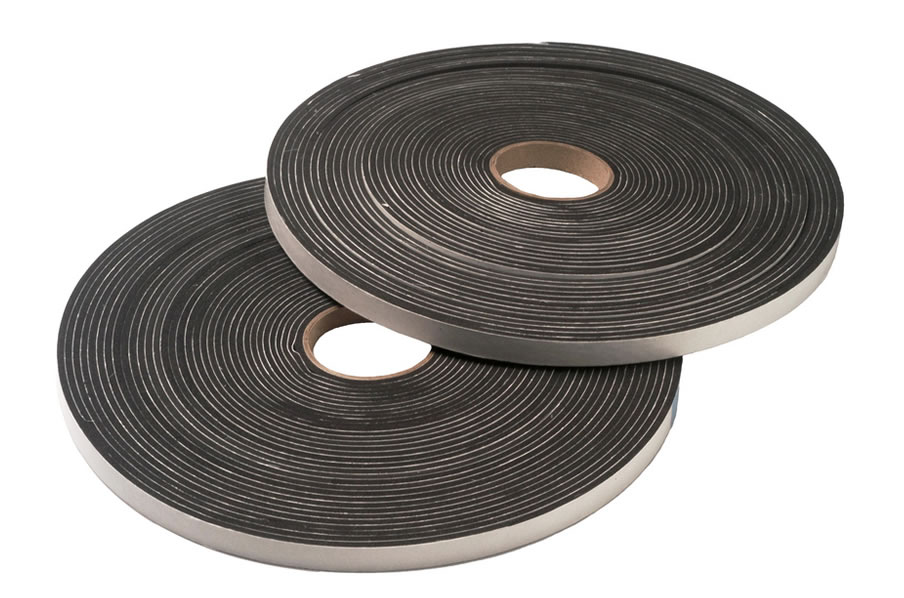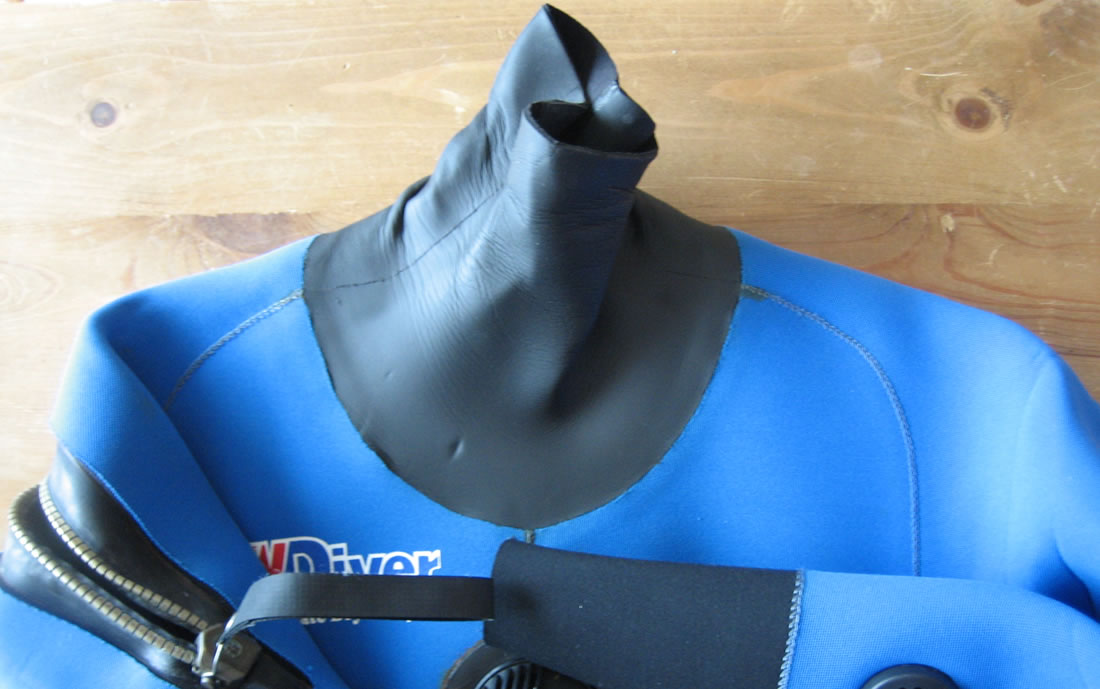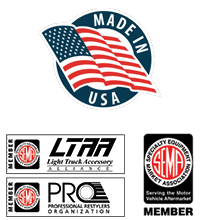Invented almost 90 years ago, Neoprene is now an important, yet common product used for various different purposes. The following brief article chronicles the history of this substance, as well as discusses the many everyday items it can be found in.
Contents
The History Of Neoprene
Neoprene is considered to be the first form of synthetic rubber ever invented. In 1930, natural rubber was in great need and at a premium, which caused the product to be sold at high prices on the open market. These circumstances placed chemical companies such as the DuPont Corporation under significant pressure to develop a laboratory created type of rubber designed to satisfy public demand, but also be available for purchase at a more affordable amount of money. DuPont hired a chemist named Wallace Carothers, who was well-known for his work in the polymer sciences field. Carothers led a team of researchers, who in April of 1930, invented Neoprene.
Why Is Neoprene So Valuable?
Neoprene possesses several attributes that make the substance a valuable component of numerous products. This synthesized rubber is strong and malleable, meaning it will not break apart if its is stretched or subjected to a significant amount of movement. In addition, the product is well resistant to water, excessive heat, harsh weather conditions and sunlight.
What Type Of items Can Neoprene Be Found In?
Neoprene is commonly sold to the public in the form of latex and is used in a wide array of personal and industrial goods, including:
Clothing
Neoprene is used in the manufacturing of several different types of clothing and gear. Such articles are common and widely purchased by the public because they are durable, often stain resistant, long-lasting and comfortable. Popular types of Neoprene-based attire include workout outfits designed to help those who don them a greater ability to sweat, burn calories and lose weight with increased efficiency; summer wardrobes that are light, heat resistant and will not be worn or faded by sunlight and SCUBA (Self-Contained Underwater Breathing Apparatus) gear that is necessary for individuals who enjoy partaking in deep sea diving.
Musical Items
Neoprene can be found in a number of products used to play music, most notably in speaker cones and drum practice pads. Speaker cones containing neoprene are particularly efficient in protecting the woofers and sub-woofers built into car speakers, which can be subjected to harsh conditions including exceedingly high and/or low temperatures, as well as exposure to extended durations of direct sunlight. Drum practice pads manufactured with Neoprene provide insulation that can limit the sound drumming produces. Such a benefit may be important to someone residing in an apartment and/or other communal settings and wishes to respect the comfort of his or her neighbors.
Other Items
Neoprene can also be found in items commonly used to protect products that are not always easy to preserve such as car interiors and upholstery. Neoprene seat covers are durable, popular items many use to guard against spills, strains and protect expensive items such as leather seats from potentially damaging exposure to sunlight and the wear and tear of being sat on repeatedly over long periods of time.
Ford Neoprene Seat Covers
- Ford F650 Neoprene Seat Covers
- Ford F-350 Super Duty Neoprene Seat Covers
- Ford F-250 Neoprene Seat Covers
- Ford Fusion Neoprene Seat Covers
- Ford F-150 Neoprene Seat Covers
- Ford Ranger Neoprene Seat Covers
- Ford C-Max Neoprene Seat Covers
- Ford F-550 Super Duty Neoprene Seat Covers
- Ford F750 Neoprene Seat Covers
- Ford Explorer Neoprene Seat Covers
- Ford Edge Neoprene Seat Covers
- Ford Transit-250 Neoprene Seat Covers
- Ford E-150 Neoprene Seat Covers
- Ford Flex Neoprene Seat Covers
- Ford Fiesta Neoprene Seat Covers
- Ford Transit Connect Neoprene Seat Covers
- Ford Taurus Neoprene Seat Covers
- Ford Bronco Neoprene Seat Covers
- Ford Freestar Neoprene Seat Covers
- Ford Focus Neoprene Seat Covers
- Ford Expedition Neoprene Seat Covers
- Ford Escape Neoprene Seat Covers
- Ford Explorer Sport Trac Neoprene Seat Covers
- Ford Excursion Neoprene Seat Covers
- Ford Aerostar Neoprene Seat Covers
- Ford C-Max Neoprene Seat Covers
- Ford Transit-150 Neoprene Seat Covers
- Ford F-450 Super Duty Neoprene Seat Covers
- Ford Mustang Neoprene Seat Covers





 View My Cart
View My Cart
